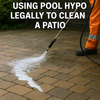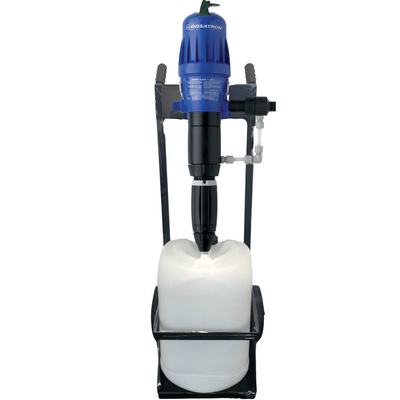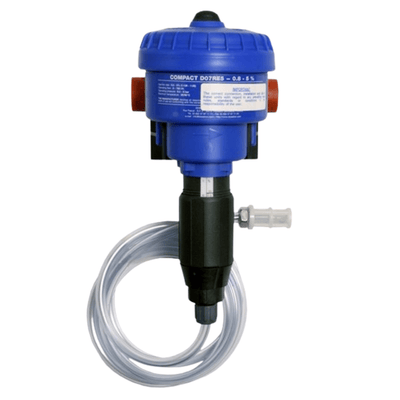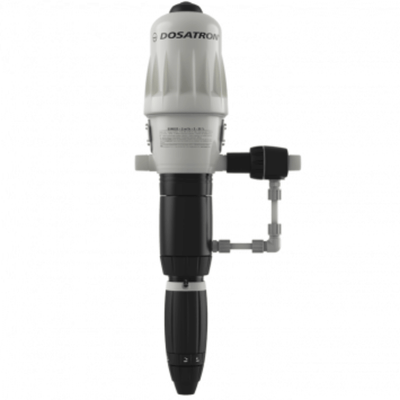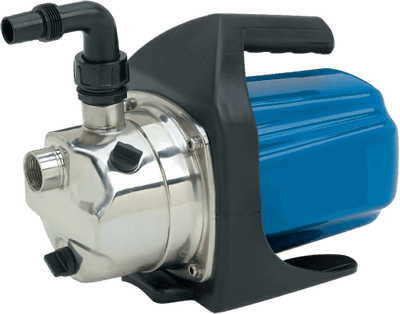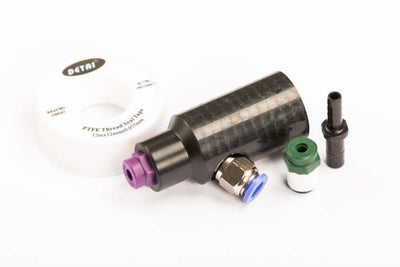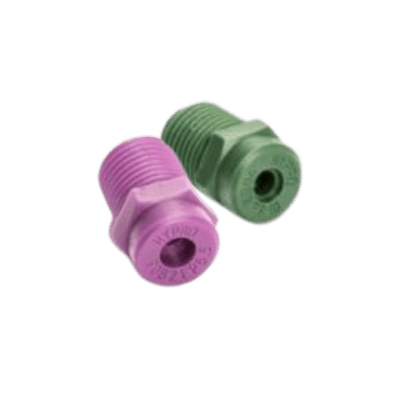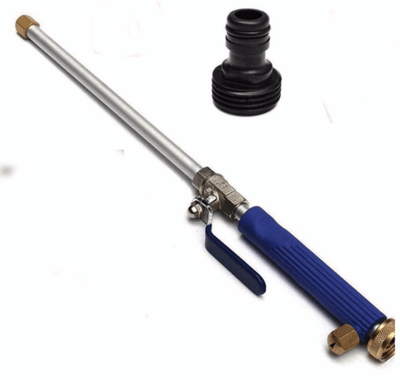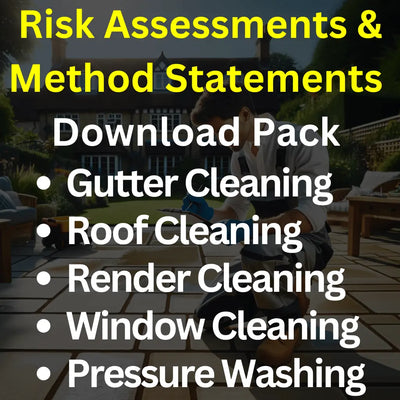Will Sodium Hypochlorite Bleach Surfaces? 🧪 Avoiding Costly Soft Washing Mistakes

Sodium hypochlorite is the powerhouse chemical behind most soft wash chemicals. However, the big question every softwashing professional (or skilled DIYer!) needs to ask is: will sodium hypochlorite bleach surfaces?And more importantly how can you avoid it happening? 🤔
Let’s deep dive into the science, mistakes to avoid, and how to clean safely without compromising your surfaces.
🎓 Understanding the Role of Sodium Hypochlorite in Soft Washing
When you’re cleaning roofs, render, patios, or driveways, sodium hypochlorite (NaOCl) is a go to active ingredient. It works as a powerful oxidiser that breaks down organic matter like algae, mould, and lichen.
✅ Kills biological growth
✅ Whitens discoloured areas
✅ Sanitises surfaces
But it’s also a bleach. And just like household bleach, when misused or over-applied, it can brighten or even damage surfaces 😱.
To get the full lowdown, listen to our podcast episode Will Sodium Hypochlorite Bleach Surfaces? for real life tips and industry insights.
⚠️ Common Surfaces That Can Be Damaged By Soft Washing When Misused
Not all surfaces respond to sodium hypochlorite the same way. Here’s what you need to watch out for:
1. Painted Surfaces
Sodium hypochlorite can strip or fade paint over time. Always test a small, hidden area first.
2. Wood
Wood can fade, grey, or splinter if the chemical ratio is too strong. If you're cleaning wooden cladding or decking, check out our podcast: Can You Use Sodium Hypochlorite to Clean Wood?
3. Soft or Coloured Render
Render especially needs a delicate balance. If you're not sure, read our detailed guide on how to clean rendered walls effectively.
4. Metal Fixtures
Metals like aluminium or galvanised steel can corrode due to sodium hypochlorite exposure. Always pre wet and post-rinse carefully.
💡 How to Minimise Bleaching & Damage During Soft Washing
Here’s what the pros do to clean safely and effectively with sodium hypochlorite.👇
✔️ 1. Use the Right Mix Ratio
Not too strong, not too weak. Sound familiar? Use our trusted Sodium Hypochlorite Mixing Guide to get the perfect dilution for each surface.
✔️ 2. Add a Surfactant
Clever Wash Surfactant helps sodium hypochlorite dwell on the surface longer so you can get more cleaning power with a lower chemical ratio. It reduces run off and helps avoid streaking or spotting.
✔️ 3. Always Pre Wet and Rinse
Soaking plants and surfaces before and after cleaning can protect paint, wood, and greenery 🌿. Still sceptical? Our Should I Rinse When Soft Washing? episode breaks it down for you.
✔️ 4. Don't Let It Dry
Keep the surface wet while the chemical is active. Letting it dry can cause spotting and premature bleaching, especially on coloured render or tile.
✔️ 5. Apply Using the Right Equipment
The Clever Injector is ideal when precision matters. Need even more flexibility? Try the Softwash Nozzle for Water Fed Poles to reach higher areas safely.
🎯 When You Should Choose Alternatives to Sodium Hypochlorite
You don’t always have to use bleach based cleaners. Depending on what you're tackling, there may be better suited options:
- 🧼 Biocides like SoftWash Pro 50 brilliant for long-term prevention with residual power
- 🪨 Grenade Oil Stain Remover targets oily patches on driveways, zero bleaching risk
- 🧱 Rust X Pro formulated strictly for rust stains, skips the sodium hypochlorite altogether
- 🪵 Wood X Pro a safer alternative for wood brightening
Understanding the chemistry behind your clean will set you apart as a professional, and protect your clients’ property and your reputation.
🎓 Want Hands On Training to Use Sodium Hypochlorite Safely?
If you’re serious about mastering chemical based exterior cleaning, consider our practical Soft Wash Training Course or learn at your own pace with the Self Study Chemical Handling Course.
🔐 Bonuses include real world scenarios, safety rules, and how to clean different substrates professionally and ethically.
📌 Final Thoughts: Be Safe. Be Smart. Be Professional. 💼
Sodium hypochlorite is incredibly effective, but with great power comes great responsibility. Understanding how and when it can bleach surfaces is key to using it successfully in soft washing.
Key Takeaways:
- Always test a small area first
- Use the correct ratio from the SoftWash UK Mixing Guide
- Add a quality surfactant like Clever Wash
- Protect surrounding areas and rinse thoroughly
- Choose non bleach alternatives when appropriate
For all your equipment and chemical needs, browse the full range at SoftWash UK your trusted partner in safe, professional exterior cleaning.
Ready to up your soft washing game?
👉 Visit SoftWash UK Ltd now for expert chemical solutions, training, and tools to help you succeed.
💬 Got questions? Be sure to check out the insightful SoftWash UK Podcast hosted by Mark Cave!
















